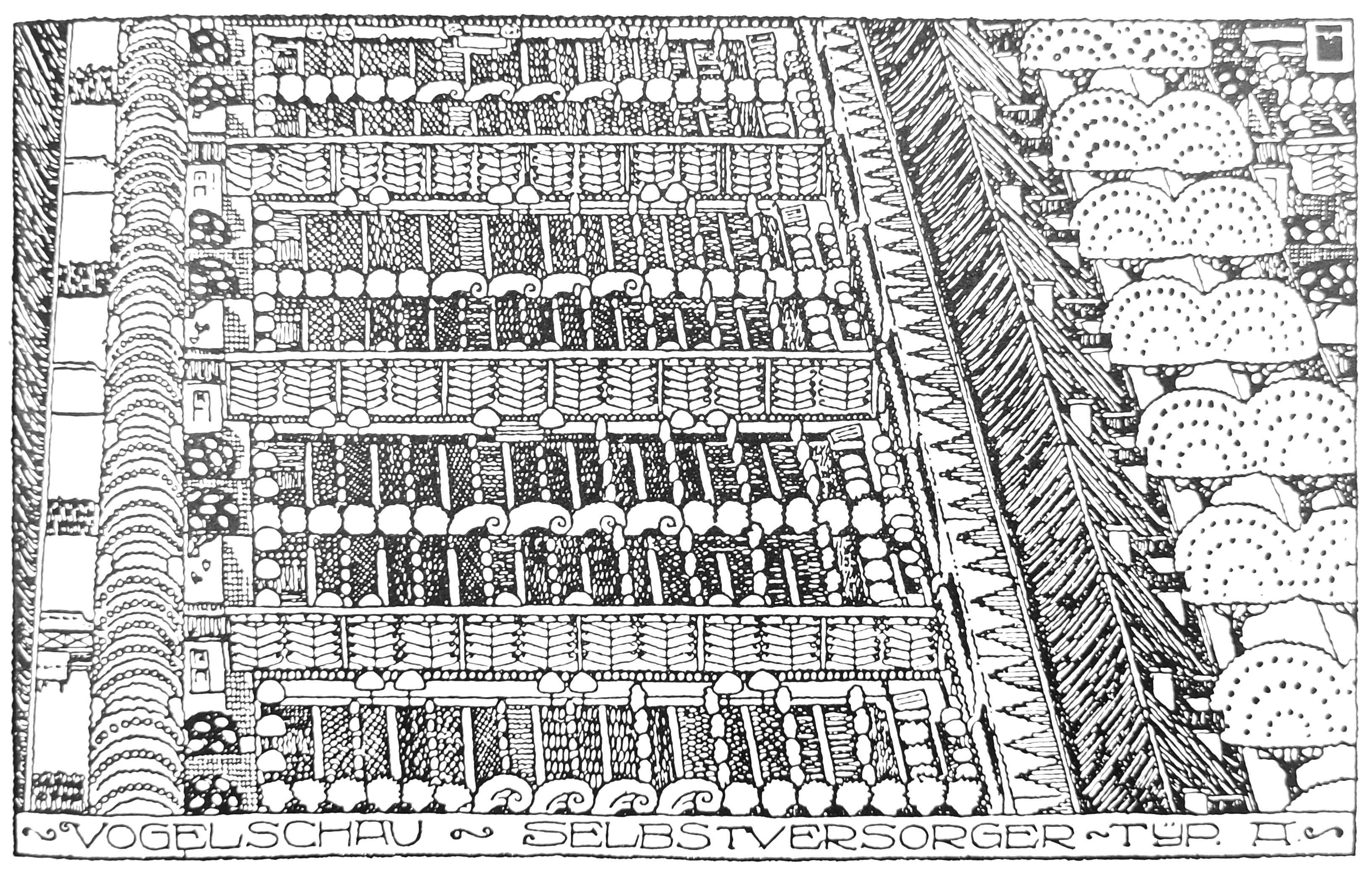Allotment Garden
“
— ”
The allotment garden in Berlin is a widely distributed type of urban garden - 833 complexes with 70,953 plots1 - formed by subdividing a piece of land into a few or several hundred parcels (plots) with individual perimeter fences and accompanying garden sheds for storing gardening tools. The map displays the positions of allotment complexes and floor space index (FSI). The gray line indicates the administrative border of Berlin.2
Originally, in the 19th century, the allotment garden was first created from the initiatives of socially-engaged personalities and political parties to enable extremely poor immigrants from rural areas to produce food by themselves, and for children who lived in cities that would not have any opportunity of getting close to nature. After 1886, allotment gardens became popular throughout Europe and reached its first peak. During World War I and II, they played a significant role in food security. Today, compared to the 19th century, allotment gardens do not alleviate the symptoms of poverty - as they once did in their original conception - and as a result, some have gradually become spaces for family recreation. All gardeners are organized into associations or garden clubs under the umbrella of the Bundesverband Deutscher Gartenfreunde (the German Allotment Garden federation).3
According to its benefits, such as food security and reduced poverty, it is possible to be a transferrable solution in South Africa, but still need a foundation of laws, space and water conditions.

Image source:
Jedermann Sekbstversorger, Page 3, Ausstellung Leberecht Migge 1981
References
1. Stock of Allotment Gardens in Berlin (Dec. 31, 2019), Senate Department for the Environment, Transport and Climate Protection
2. How Cool Are Allotment Gardens? A Case Study of Nocturnal Air Temperature Differences in Berlin, Germany, Atmosphere, 2020
3. The Bundesverband Deutscher Gartenfreunde (BDG) (the German Allotment Garden federation) is the central organisation of the allotment garden associations and defends their interests.
1. Stock of Allotment Gardens in Berlin (Dec. 31, 2019), Senate Department for the Environment, Transport and Climate Protection
2. How Cool Are Allotment Gardens? A Case Study of Nocturnal Air Temperature Differences in Berlin, Germany, Atmosphere, 2020
3. The Bundesverband Deutscher Gartenfreunde (BDG) (the German Allotment Garden federation) is the central organisation of the allotment garden associations and defends their interests.